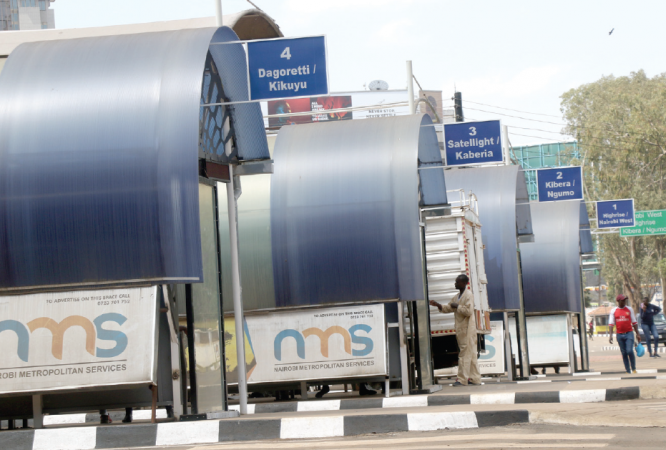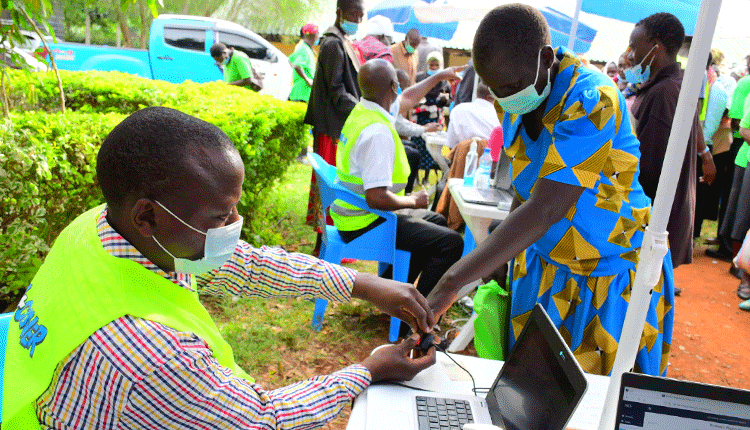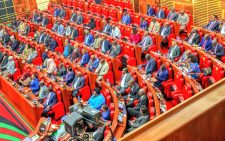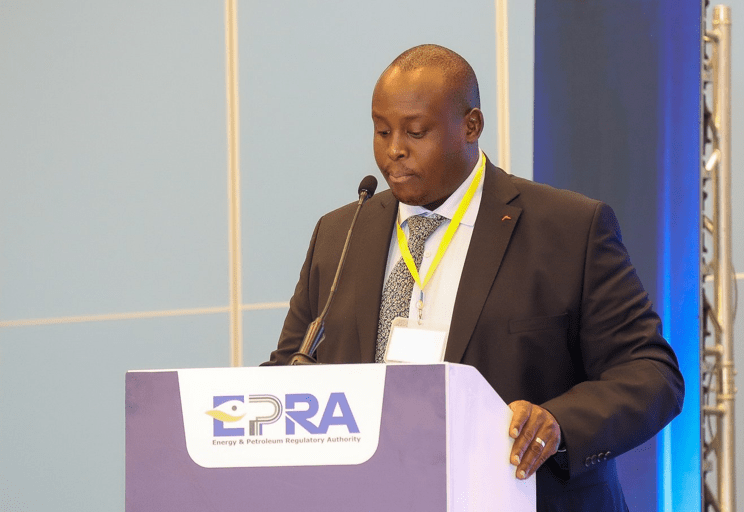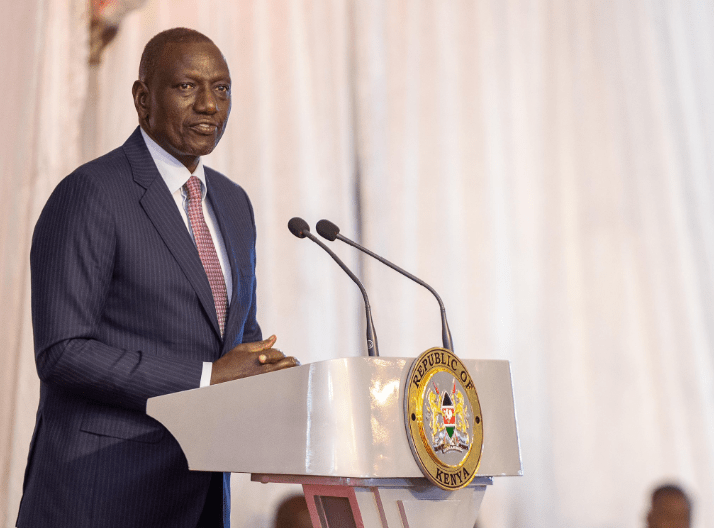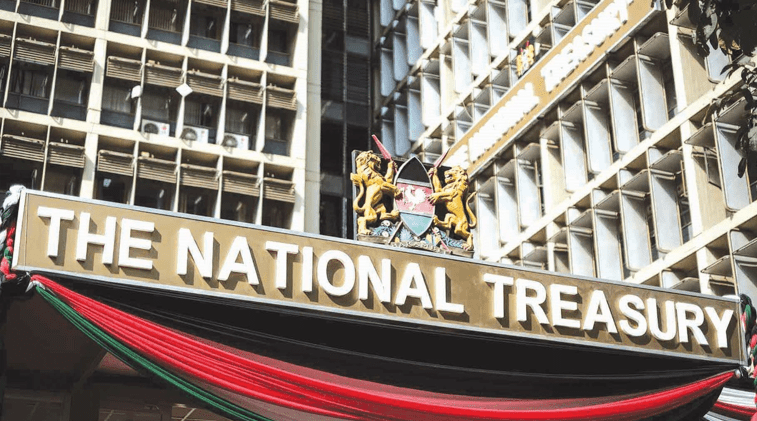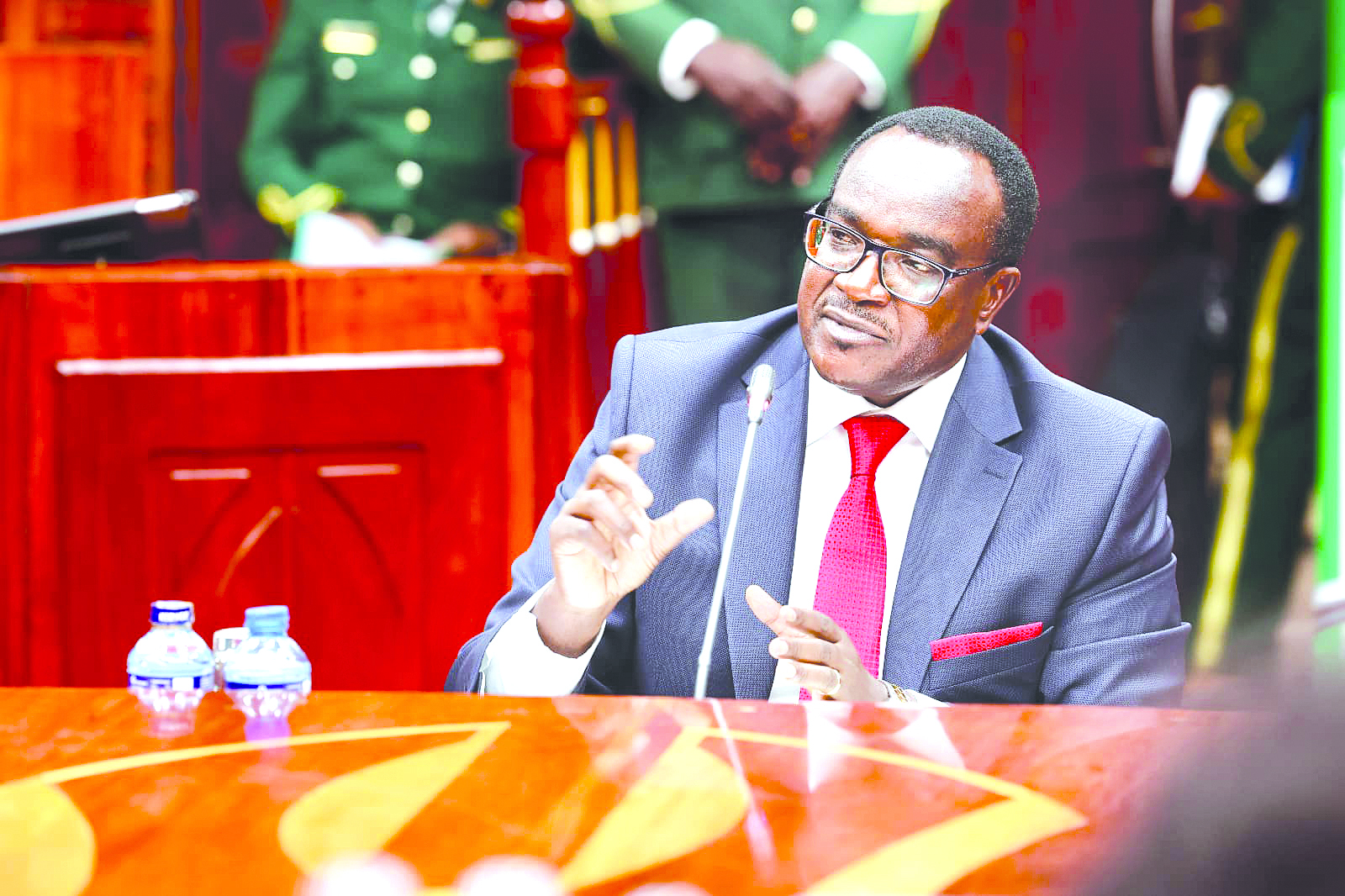NMS clinics prove universal health coverage achievable

Kingori Choto
When the Nairobi Metropolitan Service (NMS) announced plans to build 24 hospitals in the city’s slums last year, sceptics questioned the feasibility of the plan citing the high cost of building a hospital in Kenya.
Although NMS later clarified it was building health centres, not hospitals, it has achieved what previous city administrations failed to do, namely, invest significantly in primary healthcare especially in low-income neighbourhoods.
Health is a devolved function meaning counties have a responsibility of ensuring communities can access essential medical services at affordable cost as part of the Universal Health Coverage (UHC) agenda.
UHC is about ensuring every citizen has access to quality healthcare without incurring a huge financial burden or being pushed into poverty.
The right to health care services is a fundamental right guaranteed under our Constitution.
Yet, according to a study by Kemri-Wellcome Trust, six out of 10 Kenyans lacked access to essential health services in 2014.
Four out of 10 were at risk of falling into penury because of high out-of-pocket expenses in seeking treatment.
Such data offers a glimpse into the huge disparities in universal health in Kenya mostly affecting poor urban and rural communities.
With the Covid-19 pandemic now stretching our health system to the limit, innovative approaches are needed to bridge the huge gap in access to primary healthcare.
The World Health Organization defines primary healthcare as the right of all people, everywhere, to receive the right care, right in their community. Ensuring everyone benefits from essential health services comes at a cost.
The cost of building a general or teaching hospital in Kenya is about $1,159 (Sh115,900) per square metre, according to a 2017 Africa Construction report by Deloitte.
This is just putting up the physical infrastructure not counting equipping the facility and hiring medical personnel.
Certainly, NMS did not have the money to build 24 hospitals but what it lacked in resources, it compensated for in efficiency and prudent use of public funds.
At a cost of Sh2 billion, it has built health centres in places such as Majengo, Kayole, Soweto, Korogocho, Kawangware, Mukuru kwa Njenga, Kibra, Githurai and other informal settlements in Nairobi.
Half of these are already done with the rest scheduled for completion this month.
So, for only Sh2 billion, money that may not appear insignificant compared to the Sh3 trillion national budget, NMS has been able to deliver primary health services to over 2.5 million Kenyans living in poor neighbourhoods in less than a year.
The NMS primary health model shows that attaining UHC is possible by directly addressing the needs of mwananchi while exercising prudent use of public resources.
Moreover, the positive benefits will be felt not only by those using the NMS facilities, but all Kenyans given the new health centres will ease pressure on Kenyatta National Hospital, the country’s largest referral facility.
Kenya’s health system is organised at six levels. Community services, dispensaries and clinics are found at levels 1, 2 and 3 respectively.
At Level 4 are sub-county hospitals and medium-sized private hospitals. Level 5 comprises county referral hospitals and large private hospitals.
National referral hospitals and large private teaching hospitals are at Level 6.
It is at Level 1, 2 and 3 that we need to invest more resources because that is where the majority of Kenyans interface with primary health care (PHC) services.
With the government having set aside Sh47.7 billion to fund UHC programmes in the 2021/22 financial year, priority should be on revamping the PHC system.
Ordinarily, roughly 40 per cent of our national health budget goes to curative services, with PHC receiving a small fraction.
But this has been changing as the government scales up primary health interventions like maternal, neonatal and child health.
Counties should prioritise community health services when allocating resources for health provision especially to poor and hard-to-reach areas. The Health Act 2017 allocates PHC functions fully to county governments.
In addition, primary care should also include preventive health programmes targeting both communicable and non-communicable diseases.
Also, the National Health Insurance Fund should prioritise PHC coverage as part of ongoing reforms to fully onboard the informal sector and vulnerable groups like the elderly and persons with disability.
For UHC to take root, let’s start with simple, actionable steps like NMS has done.— The writer is a lawyer and policy analyst — [email protected]

